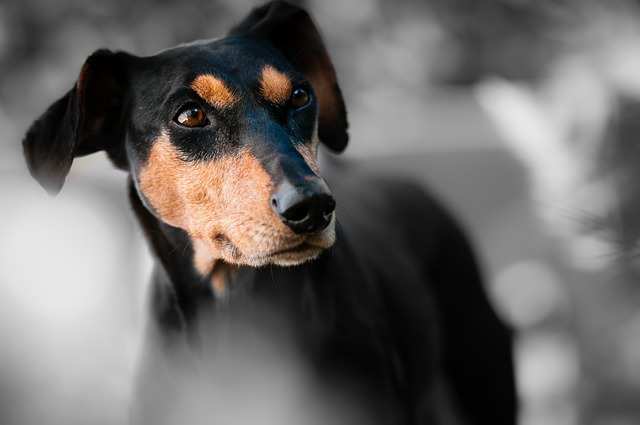
What smells are dogs most sensitive to?
In the human sensory world, vision dominates. We use our eyes to capture the colorful world and use light and shadow to outline the contours of everything.
When you notice that your dog's abdomen is slightly swollen, a wonderful feeling of anticipation and nervousness quietly spreads in your heart. This is an extremely important moment in your dog's life and a precious opportunity for you to witness the birth of new lives. For many pet owners, when their dog gives birth for the first time, they often feel both excited and at a loss. Now, let's learn together how to accompany our dogs through this special period smoothly.
First of all, it is crucial to accurately determine your dog's due date. A dog's pregnancy usually lasts between 58 and 63 days, with an average of 60 days. By recording the date of your dog's mating, you can calculate the due date relatively accurately. As the due date approaches, your dog will show more obvious behavioral changes. It may become extremely sensitive and alert to even the slightest changes in the surrounding environment. It may also start to look for hidden and quiet places frequently, and use its paws to dig the ground, trying to create a safe "delivery room." Some dogs may even bring their favorite toys or towels to the place they have chosen, as if they are decorating a cozy little nest for the upcoming puppies. These are all signs that your dog is communicating to you that it is ready for the arrival of new lives.
Creating an ideal delivery environment for your dog is of great importance. Select a quiet, warm, and well-ventilated corner of a room, and try to avoid noise and the disturbance of strangers. Prepare a suitable-sized whelping box, which can be a cardboard box or a wooden doghouse. Line it with soft and clean old blankets or towels, which can not only keep your dog warm but also make it feel comfortable. The temperature inside the whelping box should be maintained at 25 to 28 degrees Celsius, and the humidity at 50% to 60%. Such an environment is conducive to your dog's smooth delivery and the healthy growth of the puppies. At the same time, place clean drinking water beside the whelping box to facilitate your dog to replenish water at any time.
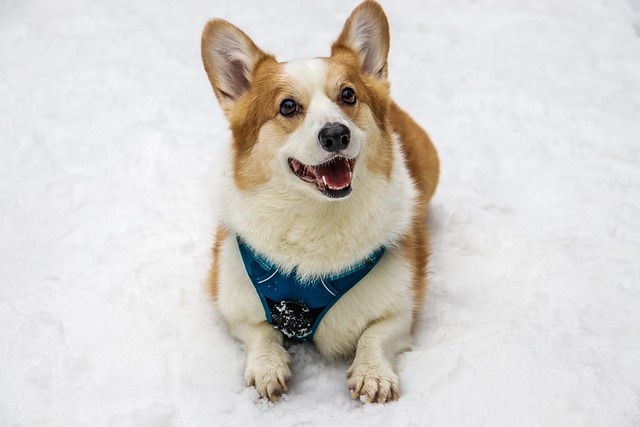 When your dog starts to give birth, you need to stay calm and give it full trust and support. The birthing process generally consists of three stages:
When your dog starts to give birth, you need to stay calm and give it full trust and support. The birthing process generally consists of three stages:
1.The first stage: Dilation of the cervix: Your dog will show symptoms such as rapid breathing, frequent licking of the vulva, and restlessness. This is its body preparing for the upcoming delivery, and this stage may last for 6 to 12 hours. During this process, do not disturb your dog too much and let it adjust naturally in an environment where it feels comfortable. However, if your dog moans in pain for a long time or shows abnormal restlessness, you need to pay close attention and contact a veterinarian if necessary.
2.The second stage: Expulsion of the fetus: This is the key part of the entire birthing process. Your dog will start to have regular contractions, with its abdomen heaving violently as it tries to push the puppies out. The interval between the birth of each puppy usually ranges from 15 minutes to 2 hours. When the puppy's head emerges from the birth canal, you need to be especially careful. If your dog does not bite through the amniotic sac in time, you can use a sterilized pair of scissors to carefully cut the umbilical cord about 2 to 3 centimeters away from the puppy's abdomen. Then, gently wipe the puppy's mouth and nose with a clean gauze or cotton ball to remove the mucus and ensure that it can breathe smoothly. If there is amniotic fluid on the puppy's body, you can also gently dry it with a towel to help it maintain its body temperature. During this process, keep softly comforting your dog to let it feel your company and encouragement.
3.The third stage: Expulsion of the placenta: After the birth of each puppy, the placenta usually comes out within a few minutes to half an hour. Your dog will generally eat the placenta by itself, which is a natural behavior as the placenta is rich in nutrients and can help your dog replenish its strength. But pay attention to check whether the number of placentas expelled is consistent with the number of puppies. If there is a situation of retained placenta, it may lead to an infection, and you need to contact a veterinarian immediately for treatment.
After your dog gives birth smoothly, postnatal care should not be overlooked. Ensure the warmth of the mother dog and the puppies. You can place a hot water bag or a heating pad in the whelping box, but be careful not to make the temperature too high to avoid scalding them. At the same time, provide the mother dog with sufficient food and clean drinking water. You can choose nutritious and easily digestible dog food, and also appropriately feed some chicken soup, fish soup, etc. to help the mother dog replenish her strength and promote milk production. In addition, closely monitor the mother dog's physical condition and observe the discharge of lochia. Under normal circumstances, the lochia will gradually decrease and stop within about a week after giving birth. If the lochia lasts for too long, has an unpleasant odor, or has an abnormal color, it may indicate an infection of the uterus, and you need to seek medical attention in time.
Newborn puppies are extremely fragile and require your extra careful care. In the first few weeks after birth, puppies' eyes and ears are closed, and they mainly rely on their sense of smell and touch to find their mother's nipples. You need to ensure that each puppy can suckle milk smoothly, which is crucial for their healthy growth. If you find that a puppy cannot get milk, promptly help it adjust its position so that it can suckle smoothly. During this period, try to minimize external interference to the mother dog and the puppies, allowing them to rest and grow in a quiet and comfortable environment.
Witnessing your dog's first birth is a journey full of love and emotion. The birth of each new life is like a precious gift, bringing endless joy and hope to our lives. As pet owners, we should use our patience, care, and love to accompany our dogs through this special period, enabling them to grow healthily and happily under our care. From this moment on, the story of new lives officially begins, and we will become the witnesses and guardians of this beautiful journey.

In the human sensory world, vision dominates. We use our eyes to capture the colorful world and use light and shadow to outline the contours of everything.

When we look into our dogs' eyes, their bright and lively eyes seem to be able to speak, conveying dependence and trust.
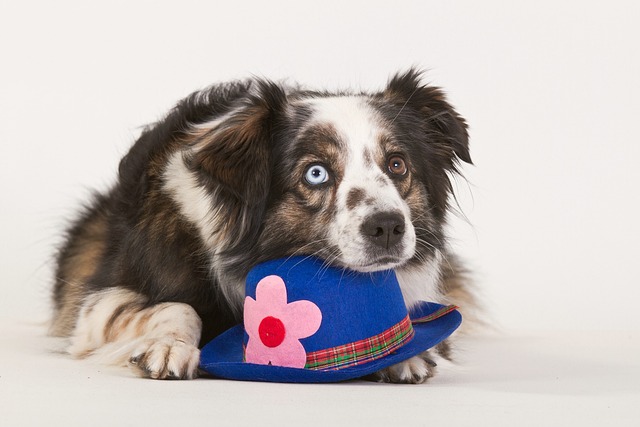
When you come home after a busy day, you open the door and see your dog lying quietly on the floor, wagging its tail and looking at you. The warmth and healing of that moment are the most cherished moments for countless dog owners.
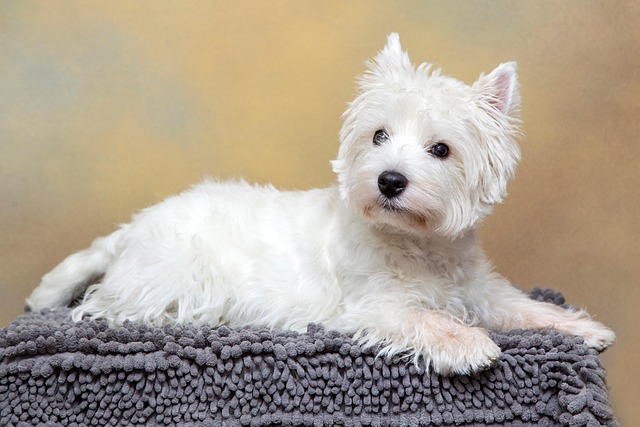
When a dog that is usually lively and active suddenly loses its appetite, becomes listless, or even vomits frequently, every pet owner will be worried that it is intestinal obstruction, a "health killer".
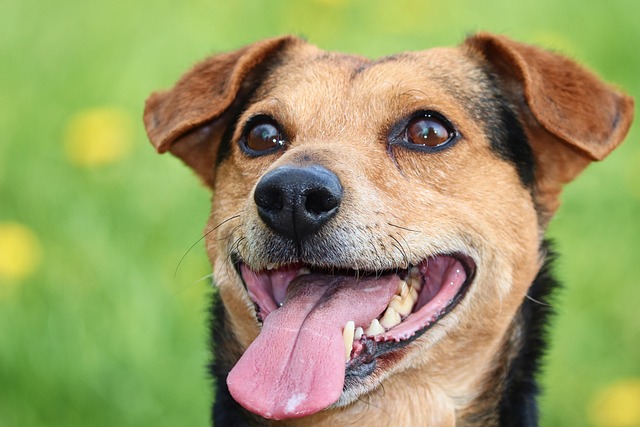
When we caress the furry ears of dogs and enjoy the warm moments of cuddling up with each other, our hearts are filled with happiness.
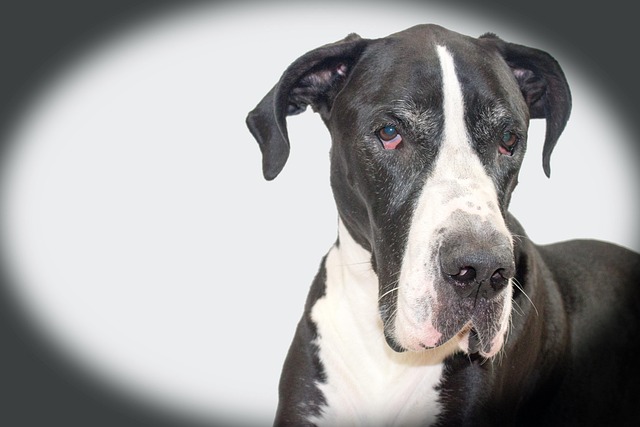
When we see the dog frequently shaking its head, scratching its ears, and even having red and swollen ears with an unpleasant smell,